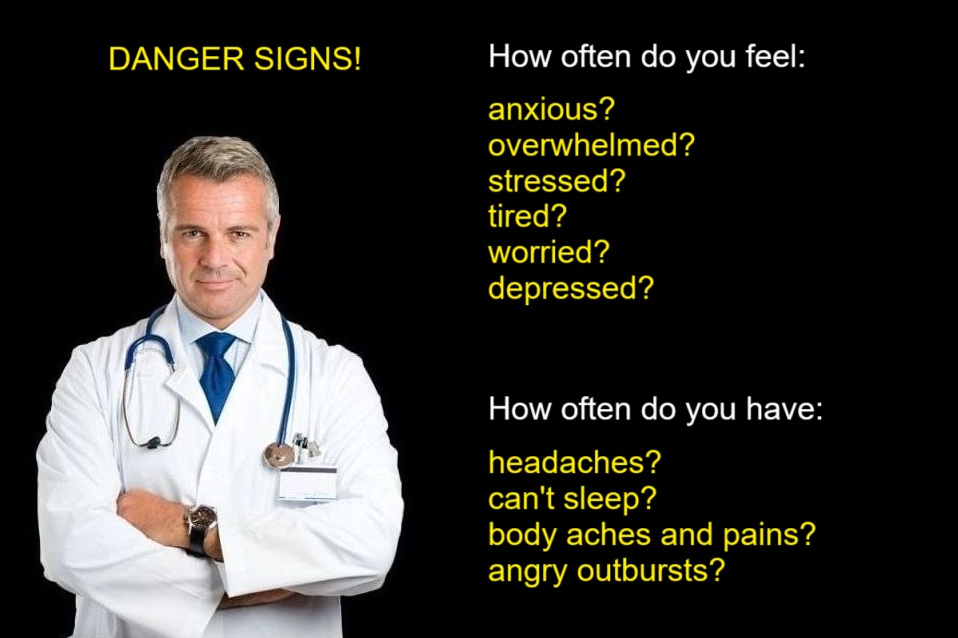In a groundbreaking update to cardiovascular health protocols, the American Heart Association (AHA) and the American College of Cardiology (ACC), alongside 11 other leading medical organizations, have released new guidelines emphasizing the critical connection between high blood pressure and dementia risk. The 2025 guidelines, published in the Journal of the American College of Cardiology on August 14, 2025, underscore the urgent need for earlier intervention and tighter blood pressure control to safeguard not only heart health but also cognitive function. This shift in medical perspective is poised to reshape how doctors and patients approach hypertension, potentially preventing millions of cases of cognitive decline and cardiovascular disease.
A New Normal: Redefining Healthy Blood Pressure
The updated guidelines reaffirm a blood pressure goal of below 120/80 mm Hg as the benchmark for optimal health for all U.S. adults, a standard first endorsed in 2017. This target is a significant departure from earlier thresholds, which considered 140/90 mm Hg as the cutoff for hypertension. The shift is driven by mounting evidence that even moderately elevated blood pressure can wreak havoc on the body, increasing the risk of heart attack, stroke, kidney disease, and now, dementia. According to the Centers for Disease Control and Prevention (CDC), nearly 48% of American adults—approximately 119.9 million people—have blood pressure above 130/80 mm Hg, with only 22.5% achieving adequate control.
A pivotal study conducted in rural China, cited in the guidelines, provided the strongest evidence yet for the dementia link. This large-scale, cluster-randomized controlled trial showed that maintaining blood pressure below 130/80 mm Hg reduced the risk of dementia by 15% and cognitive impairment by 16%. Dr. Dan Jones, chair of the guideline writing committee and former dean of the University of Mississippi School of Medicine, called the findings a “game-changer.” He noted, “This is the first definitive evidence that rigorous blood pressure control can protect cognitive health, offering hope to millions worldwide.” The study’s results have solidified the case for aggressive blood pressure management, particularly as populations age and dementia rates rise.
Why Dementia Matters in the Hypertension Equation
The inclusion of dementia as a key risk factor in the 2025 guidelines marks a significant evolution in how we understand high blood pressure’s impact. Hypertension is already the leading modifiable risk factor for cardiovascular disease, contributing to 664,470 deaths in the United States in 2023 alone, according to the CDC. However, its role in cognitive decline has been less emphasized until now. The new guidelines highlight that uncontrolled blood pressure damages blood vessels in the brain, increasing the likelihood of cognitive impairment and dementia. This is particularly alarming given that Alzheimer’s disease and related dementias affect over 6 million Americans, a number projected to double by 2050, according to the Alzheimer’s Association.
Dr. Timothy Anderson, a primary care physician at the University of Pittsburgh Medical Center, emphasized the practical implications: “These guidelines don’t require patients to do anything drastically new, but they reinforce the importance of hitting that 120/80 target. For doctors, it’s about doubling down on what we’re already trying to achieve.” The guidelines recommend starting treatment earlier—within three to six months—if lifestyle changes fail to lower blood pressure below 130/80 mm Hg, particularly for high-risk individuals with conditions like diabetes, chronic kidney disease, or a history of cardiovascular events.
The PREVENT Tool: A Smarter Approach to Risk
A cornerstone of the 2025 guidelines is the adoption of the PREVENT risk assessment tool, introduced in 2023. Unlike older risk calculators, PREVENT integrates a broader dataset, including cardiovascular, kidney, and metabolic health metrics, to provide more precise estimates of disease risk. This tool has shifted the threshold for initiating treatment, ensuring that patients with blood pressure above 130/80 mm Hg, especially those with additional risk factors, are identified and treated sooner. The guidelines also suggest combining two blood pressure medications—preferably in a single pill—to improve adherence and outcomes, a strategy supported by a 2024 study in JAMA Cardiology that showed better control with combination therapies.
The PREVENT tool’s precision is critical given the demographic disparities in hypertension prevalence. According to the National Health and Nutrition Examination Survey (2021–2023), 56% of non-Hispanic Black adults have high blood pressure, compared to 48% of non-Hispanic White adults, 46% of non-Hispanic Asian adults, and 39% of Hispanic adults. Men are also more likely to be affected (50%) than women (44%), though women show higher rates of awareness and treatment compliance. These disparities underscore the need for targeted interventions, particularly in communities with limited healthcare access.
Pregnancy and Hypertension: A Growing Concern
The guidelines also place a spotlight on hypertension during pregnancy, a condition linked to long-term cardiovascular risks and complications like pre-eclampsia and eclampsia. The recommendations advocate for low-dose aspirin to reduce these risks and urge primary care physicians to monitor blood pressure closely before, during, and after pregnancy. This focus is timely, as maternal mortality rates in the U.S. remain high, with hypertension-related complications contributing to approximately 7% of pregnancy-related deaths, according to the CDC.
Dr. Jones emphasized the importance of cross-disciplinary awareness: “Many primary care doctors may not read obstetric guidelines, so including pregnancy-specific recommendations in our framework ensures broader reach.” The guidelines also suggest considering weight-loss medications, such as GLP-1 receptor agonists, for patients with obesity, which affects over 40% of U.S. adults and is a major driver of hypertension.
Lifestyle Changes: The First Line of Defense
While medications play a crucial role, the guidelines stress lifestyle modifications as the foundation of hypertension management. A heart-healthy diet, such as the DASH (Dietary Approaches to Stop Hypertension) or Mediterranean diet, is recommended, with a daily sodium limit of 1,500 mg and an emphasis on potassium-rich foods like fruits, vegetables, and legumes. Regular physical activity—aiming for at least 150 minutes per week of moderate exercise—and weight loss are also critical. The guidelines note that even a 5–10% reduction in body weight can significantly lower blood pressure.
Dr. Jones highlighted a cultural challenge in the U.S.: “Unlike in some countries where sodium is added during home cooking, most Americans consume sodium through processed foods and restaurant meals. This makes dietary changes harder but no less important.” The guidelines also encourage home blood pressure monitoring, with devices costing $40–$100, to empower patients to track their progress and detect issues like “white-coat hypertension” (elevated readings in medical settings) or “masked hypertension” (normal readings in clinics but elevated at home).
Challenges and Opportunities
Despite the clear benefits of the new guidelines, implementation remains a hurdle. Only 20.7% of U.S. adults with hypertension have their blood pressure controlled to below 130/80 mm Hg, according to the CDC. Barriers include limited healthcare access, slow guideline adoption, and socioeconomic factors like food insecurity, which can hinder adherence to dietary recommendations. The guidelines call for innovative solutions, such as community health worker programs, which have proven effective in rural China and some U.S. communities. A 2023 study in New York showed that community health workers significantly improved blood pressure control among underserved populations.
Looking ahead, the guidelines highlight the need for further research into wearable blood pressure monitors and the role of genetic and social factors in hypertension. Dr. Jones noted, “Accurate measurement is still a challenge. We need better tools and studies to ensure we’re capturing true blood pressure readings, especially outside clinical settings.”
A Call to Action
The 2025 AHA/ACC guidelines are a clarion call for proactive blood pressure management, with dementia now joining the list of preventable outcomes alongside heart disease and stroke. By lowering the treatment threshold and emphasizing early intervention, these recommendations aim to reduce the staggering $131 billion annual cost of hypertension to the U.S. healthcare system and, more importantly, improve quality of life for millions. As Dr. Anderson put it, “This is about giving patients the tools to protect their hearts and minds for the long haul.”
For individuals, the message is clear: monitor your blood pressure, adopt heart-healthy habits, and consult your doctor about personalized strategies. With nearly half of U.S. adults affected by hypertension, the stakes are higher than ever. By acting early, we can not only save hearts but also preserve minds for generations to come.












